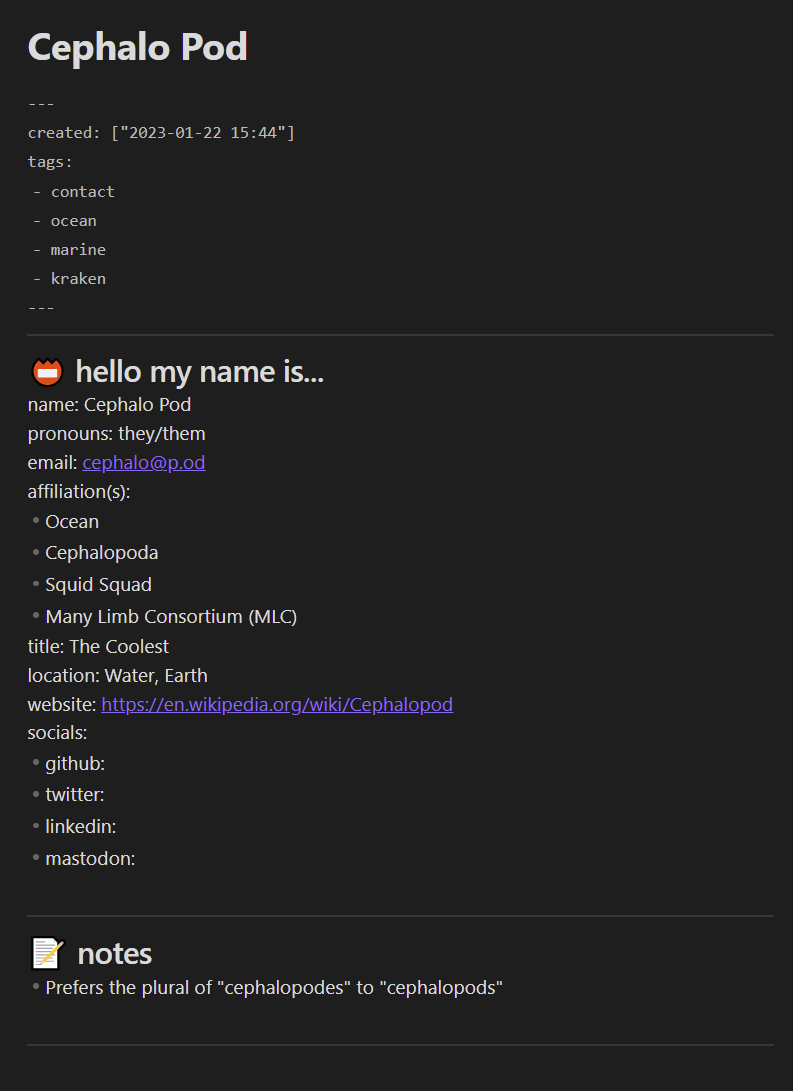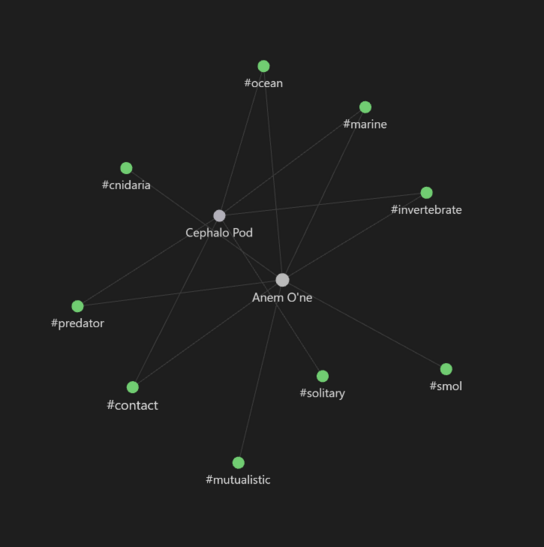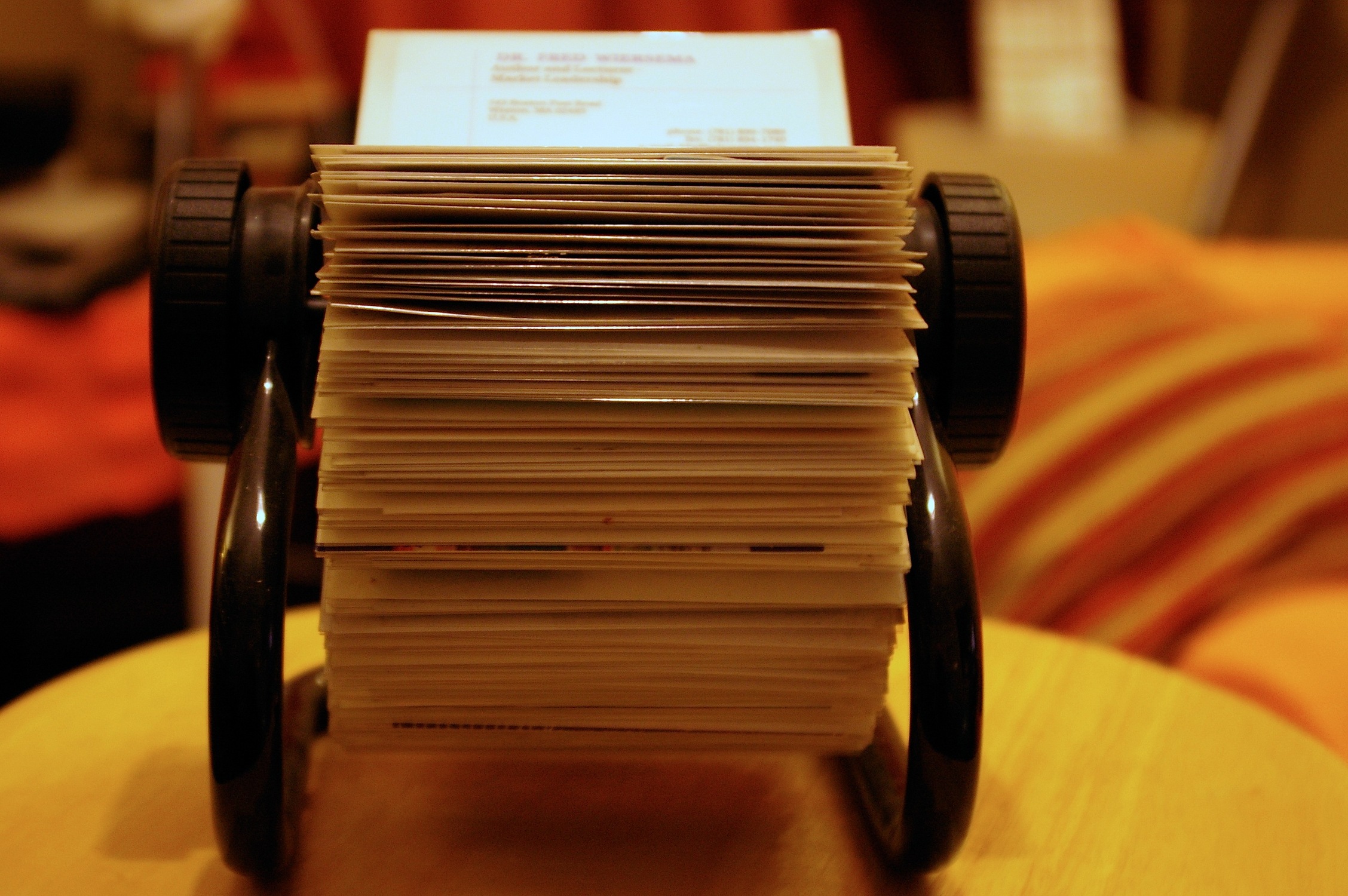As someone who grew up without always having a computer on hand, I have an endless supply of notebooks that are scattered throughout the house. If you leafed through one, you’d discover everything from sketches to hastily jotted down dimensions to contextless phrases that surely were important at the time. I do love the act of writing, but it doesn’t work amazingly well for cross-referencing or context-switching. One of the areas that I find needs more structure and organization is that of keeping track of my contacts.
I’ve started using Obsidian more aggressively as my digital Rolodex. Obsidian is a cross-platform application for note-taking that is highly extensible and customizable. It has quite the following and a significant developer community that has written a number of plugins to augment the app’s core functionality. (Hello, Zotero and Graphviz integrations!) However, the one that I have been using the most is the templates plugin provided by Obsidian itself.
These templates are simple markdown files that you can insert into your notes at a specified point. They can be combined in creative ways, and you maintain these templates so they can evolve to fit your needs. Unlike traditional contact management systems, you can have as much or as little flexibility as you want.
For my digital Rolodex, I have a simple person.md template and maintain one file per contact. This person.md template captures the set of information that I want to track. At the top, we have the frontmatter that stores metadata about the contact:
---
created: ["{{date}} {{time}}"]
tags:
- contact
---
The tags help me track context, and they also get used in some automation to keep my files organized. In my case, having a contact tag in a file tells the auto-note-mover plugin to put it in my people folder. Tags also show up as nodes in Obsidian’s graph view, if visual exploration is more your thing.
The rest of my template looks a bit more traditional:
---
## 📛 hello my name is...
name: {{title}}
pronouns:
email:
affiliation(s):
-
title:
location:
website:
socials:
- github:
- linkedin:
- mastodon:
- twitter:
---
## 📝 notes
-
---
Some of the fields don’t get used for every contact, and nothing untoward happens if I remove them from an individual contact. Thanks to Obsidian’s immediate rendering of markdown, you don’t feel like you’re reading something that still needs to be compiled.

If we go to the graph view that’s built into Obsidian, we can see how the tags come into play.

Clicking on Cephalo Pod or Anem O'ne will take you to their contact file, and selecting a tag will highlight the relevant nodes. It’s great for information exploration!
One more cool thing is that these contacts are referenceable in other files, using “backlinks”. So if you take minutes for the Many Limb Consortium, you can reference Cephalo Pod directly. Then, when you go to Cephalo’s contact details, you’ll be able to see all the notes where they are mentioned.
Storing my contacts in Obsidian using just a few basic plugins has saved me so much mental energy and time. No more running around, frantically leafing through notebooks in an attempt to find the right notes for that meeting in five minutes!
